--Originally published at 101 For Tec
While
The flowchart of a while is this
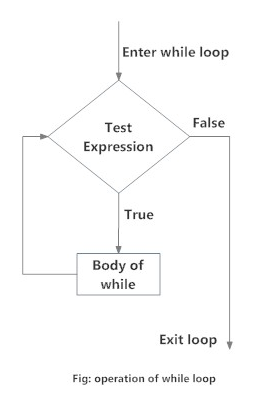
This is the structure of a while

One example of while


References:
http://www.programiz.com/python-programming
http://www.tutorialspoint.com/python3/
Fundamentals of Programming
--Originally published at 101 For Tec
The flowchart of a while is this

This is the structure of a while

One example of while


References:
http://www.programiz.com/python-programming
http://www.tutorialspoint.com/python3/
--Originally published at 101 For Tec
The flowchart of a for is like it follows:

This is the basic structure:

val is a certain value or ‘conditional’
Here is one example


Important information about for´s:
References:
http://www.programiz.com/python-programming
http://www.tutorialspoint.com/python3/
--Originally published at 101 For Tec
In this post I´ll explain the missing loops, those are: elif, while and for. So let´s get started.
This is the flowchart of an elif
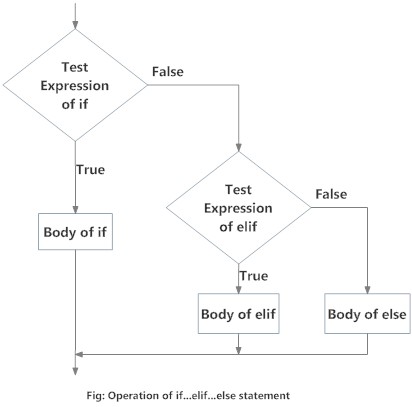
this is how it works
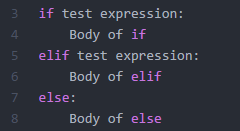
and here is one example

Important information about elif:
The flowchart of a for is like it follows:

This is the basic structure:

val is a certain value or ‘conditional’
Here is one example


Important information about for´s:
The flowchart of a while is this

This is the structure of a while

One example of while


References:
http://www.programiz.com/python-programming
http://www.tutorialspoint.com/python3/
--Originally published at 101 For Tec
Check out the post I worked out with Merino
If statement:
The If statement is a conditional statement and works like this. If a value is true then the instruction stop and the code continues, but if the value is false, the code read the next line on the IF.
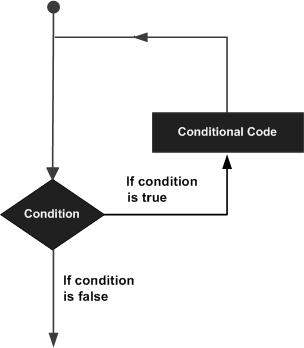
The syntaxis is like this:
if expression:
<body>
else:
<body>
Here is an example:


For more details about IF and ELSE you can go to here and here. And also check this blog for more loops wohoo.
--Originally published at 101 For Tec
Loops are very used in daily life, and I´m not talking about food, i´m talking about programming. But you may ask what is a loop. A loop according to the Merriam Webster is “a series of instructions (as for a computer) that is repeated until a terminating condition is reached”.
Loops depend of a condition, this is a boolean, a boolean is a value that can be either false or true, for more information of Basic Operators, you can go here
In python we have two types of loops and one conditional:
Now…what is the structure of a loop? It is the following
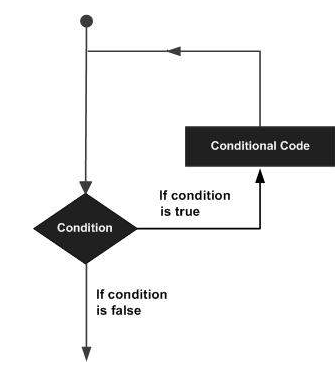
And…what about the ‘if/else’ conditional? Is this

In the following posts Rodrigo Merino and I will explain you more about this
http://www.merriam-webster.com/dictionary/loop
http://www.tutorialspoint.com/computer_programming/computer_programming_loops.htm
https://www.tutorialspoint.com/python3/python_decision_making.htm